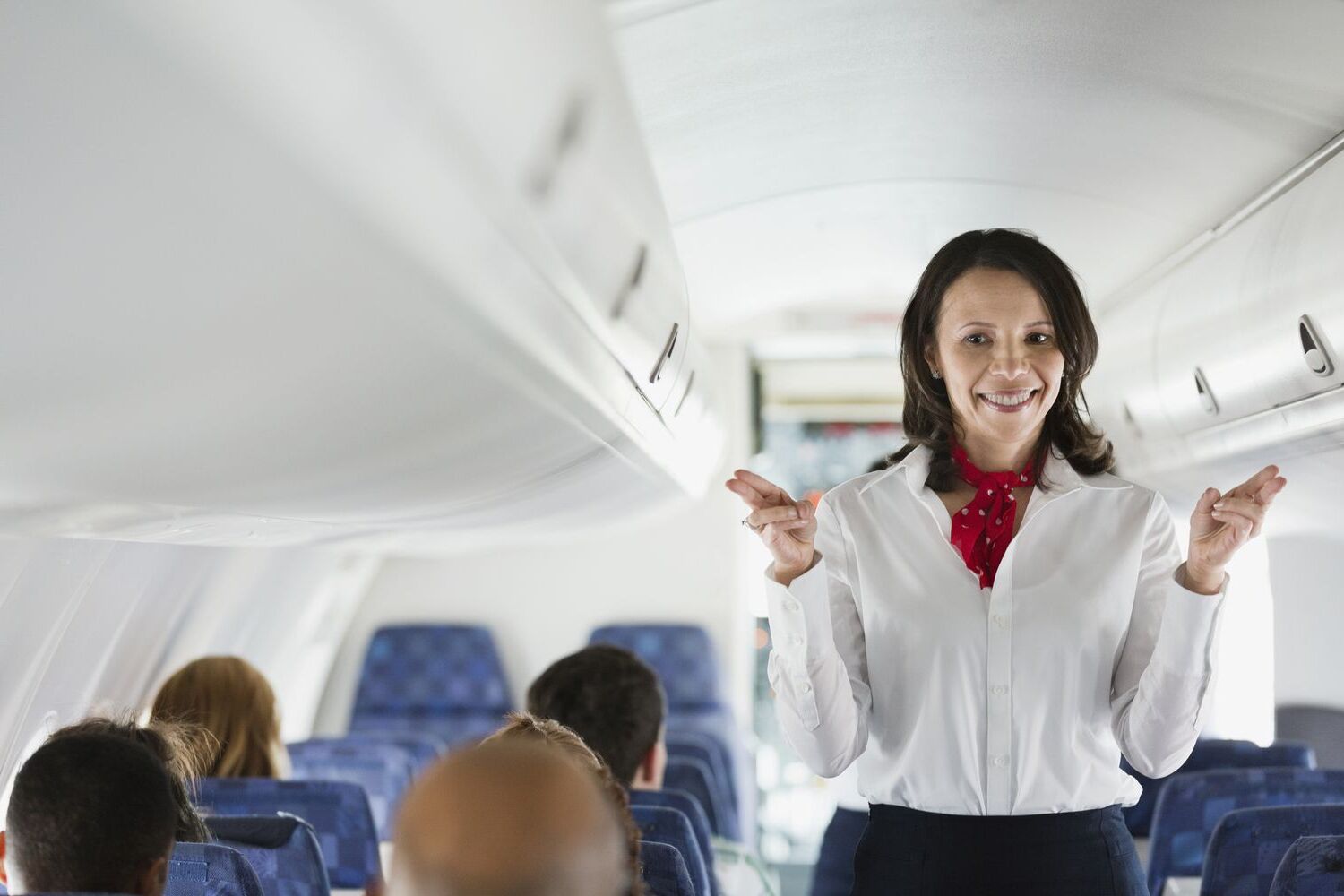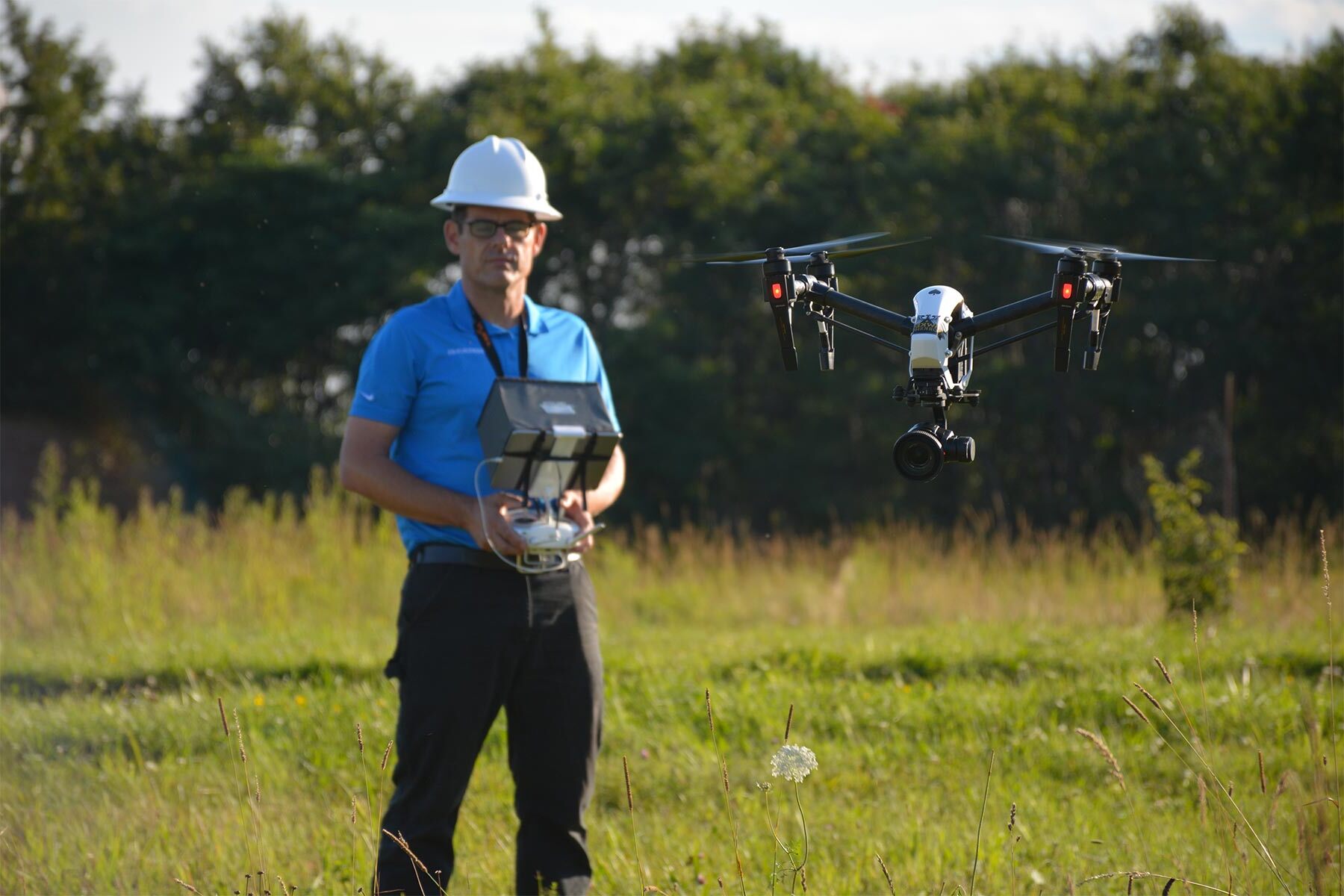
Wondering about how safe your next flight will be? Airline safety is a topic that often flies under the radar for many travelers, yet its importance cannot be overstated. With advancements in technology and stringent safety protocols, flying has become one of the safest modes of transportation. In this post, we'll soar through 15 intriguing facts about airline safety that will put your mind at ease. From the rigorous training pilots undergo to the hidden features on planes designed to protect you, these insights will show you why millions of passengers trust the skies every day. Get ready to buckle up and learn what makes air travel safer than you might have thought.
Understanding Airline Safety
When we talk about flying, safety always comes first. Airlines and aviation authorities worldwide work tirelessly to ensure that every journey in the sky is as safe as possible. Here are some facts that highlight the measures and statistics surrounding airline safety.
-
Commercial airlines are among the safest modes of travel. Statistically, you're more likely to encounter danger driving to the airport than flying to your destination.
-
Pilots undergo rigorous training and simulations. Before commanding an aircraft, pilots spend hundreds of hours in flight simulators, preparing for various scenarios, including emergency situations.
The Role of Technology in Airline Safety
-
Advanced technology has significantly reduced accidents. Innovations like the Traffic Collision Avoidance System (TCAS) and Enhanced Ground Proximity Warning System (EGPWS) have made flying safer than ever.
-
Aircraft are designed with redundancy in mind. Critical systems, such as hydraulics and electricity, have backups. Even if one system fails, another can take over, ensuring the plane remains operational.
Safety Protocols and Procedures
-
Strict maintenance schedules for aircraft. Airlines follow a detailed maintenance schedule, inspecting and servicing planes regularly to ensure they're in top condition.
-
Crews are trained for emergency evacuations. Flight attendants receive extensive training on how to efficiently evacuate passengers in less than 90 seconds, even if half the exits are unusable.
-
International regulations govern airline safety. Organizations like the International Civil Aviation Organization (ICAO) set global standards for aviation safety, which member countries must adhere to.
The Importance of Safety Measures
-
Safety briefings are crucial. While often overlooked by passengers, pre-flight safety demonstrations provide essential information on how to act in an emergency.
-
Strict regulations on what can be brought on board. Restrictions on liquids, gels, and sharp objects are not arbitrary; they're based on thorough risk assessments to prevent onboard threats.
-
Continuous improvement through accident investigations. When accidents occur, detailed investigations help identify causes and lead to safety improvements, preventing future incidents.
Airline Safety Records and Statistics
-
Flying has become increasingly safer over the decades. Despite the growth in global air traffic, the number of fatal accidents has been decreasing, thanks to continuous advancements in safety.
-
Data-driven approaches to safety. Airlines and regulatory bodies use data collected from flights worldwide to analyze trends and implement safety enhancements.
-
The safest part of a flight is cruising altitude. Most accidents occur during takeoff and landing phases, making the cruise phase the safest part of the journey.
The Human Factor in Airline Safety
-
Crew resource management (CRM) training. This training focuses on communication, decision-making, and teamwork among flight crew members, crucial for maintaining safety.
-
Passenger compliance with safety instructions. Passengers play a role in their own safety by listening to crew instructions and reading safety cards, contributing to overall safety efforts.
A Smooth Landing on Airline Safety Facts
We've navigated through the skies of airline safety, uncovering truths that often stay behind the cockpit doors. From the rigorous training pilots undergo to the advanced technology ensuring our flights are as smooth as a cloudless sky, it's clear that safety isn't just a priority; it's the foundation of the aviation industry. Misconceptions got cleared up, like the real odds of being in an accident (spoiler: they're incredibly low) and the importance of those seemingly mundane safety demos. Remember, every detail, from your seatbelt to the way cabin crew handles emergencies, is meticulously planned for your well-being. So, next time you buckle up, take a moment to appreciate the layers of safety measures that make air travel the safest way to explore our vast, beautiful world. Safe travels!
Was this page helpful?
Our commitment to delivering trustworthy and engaging content is at the heart of what we do. Each fact on our site is contributed by real users like you, bringing a wealth of diverse insights and information. To ensure the highest standards of accuracy and reliability, our dedicated editors meticulously review each submission. This process guarantees that the facts we share are not only fascinating but also credible. Trust in our commitment to quality and authenticity as you explore and learn with us.


